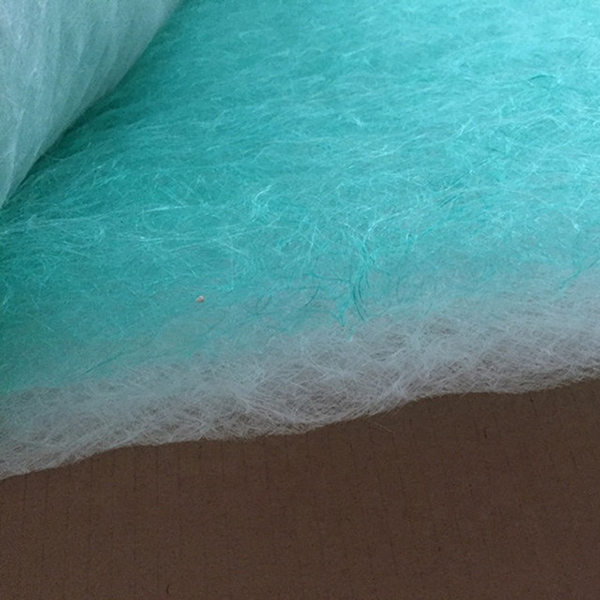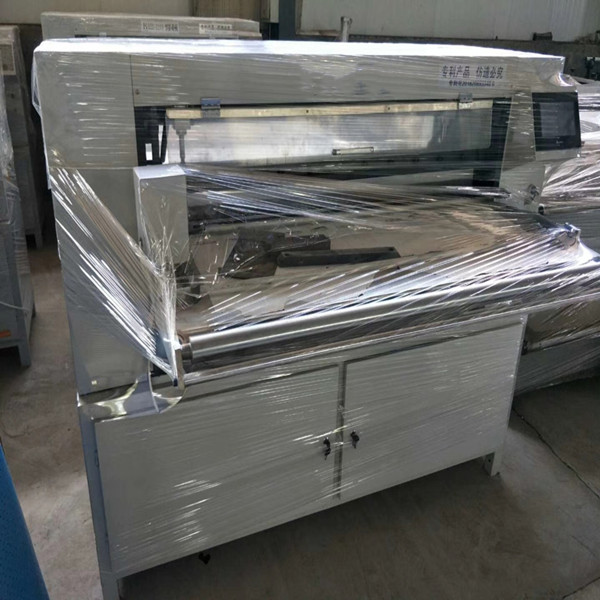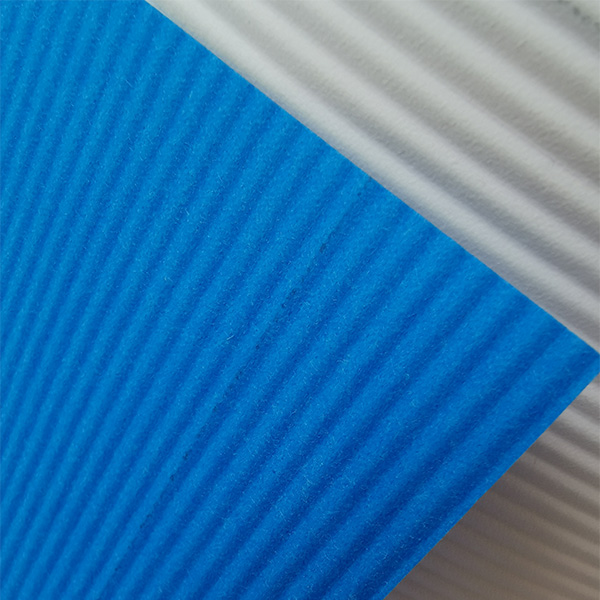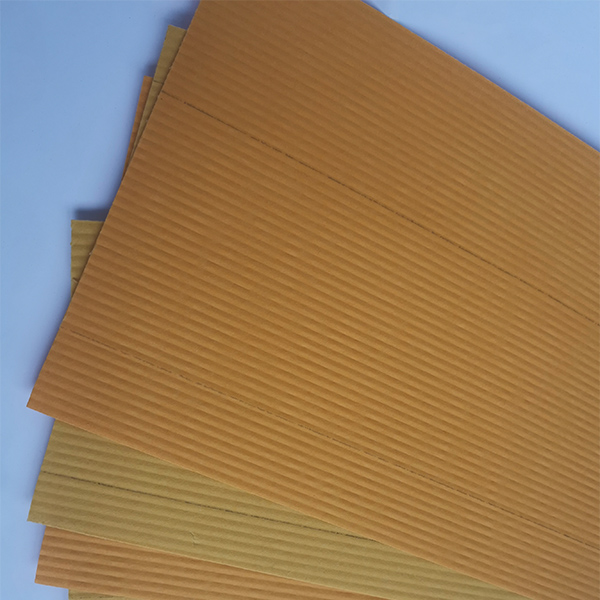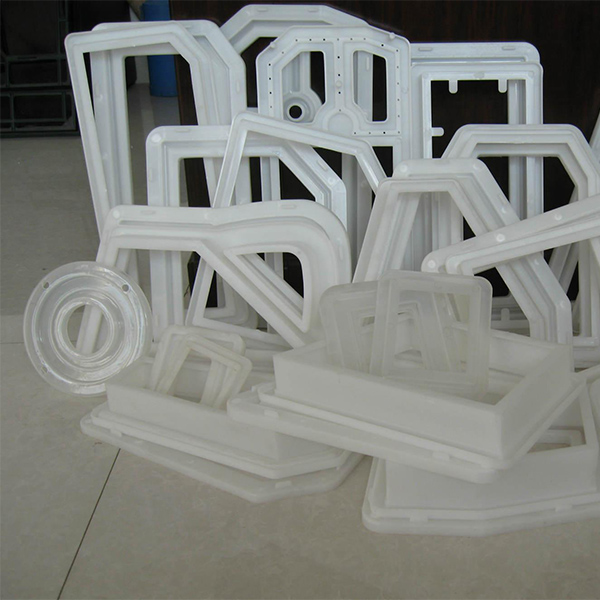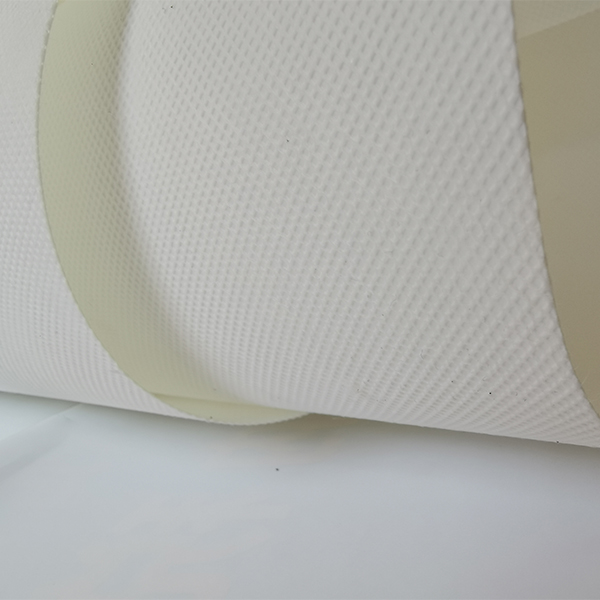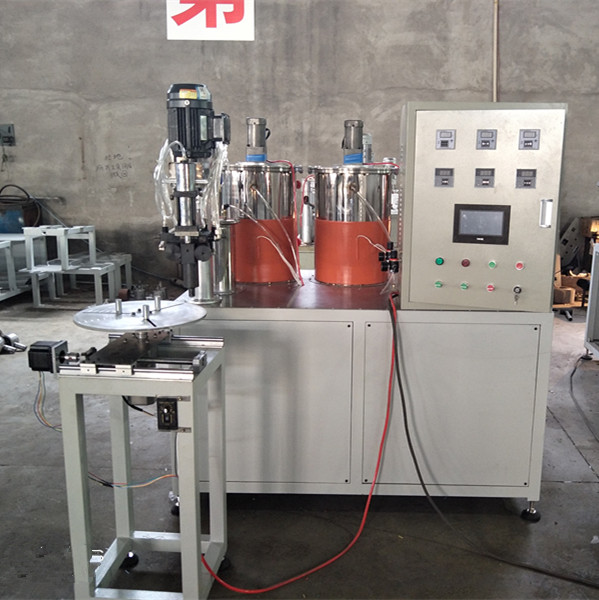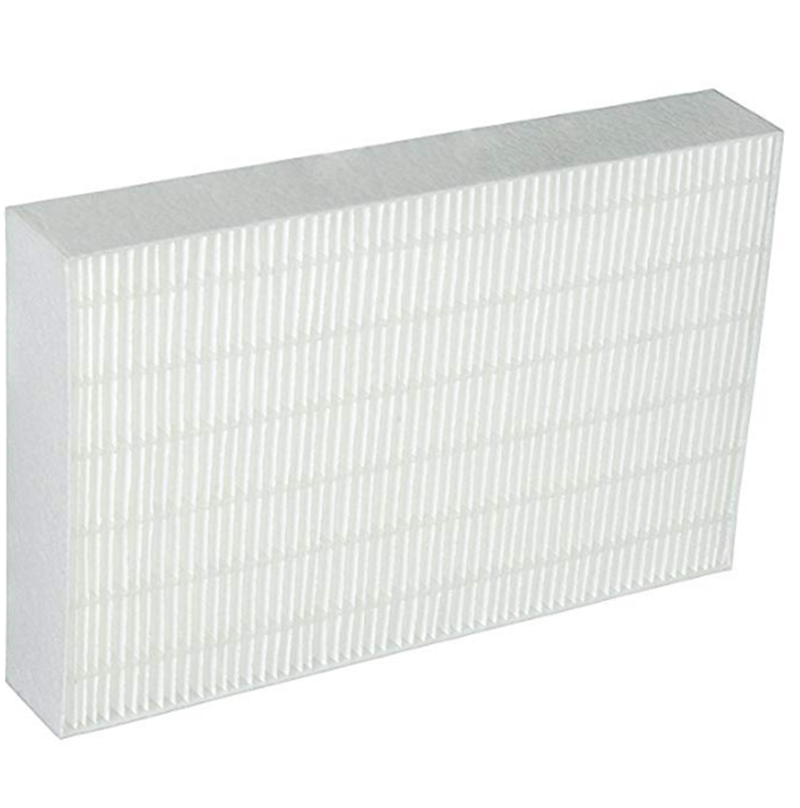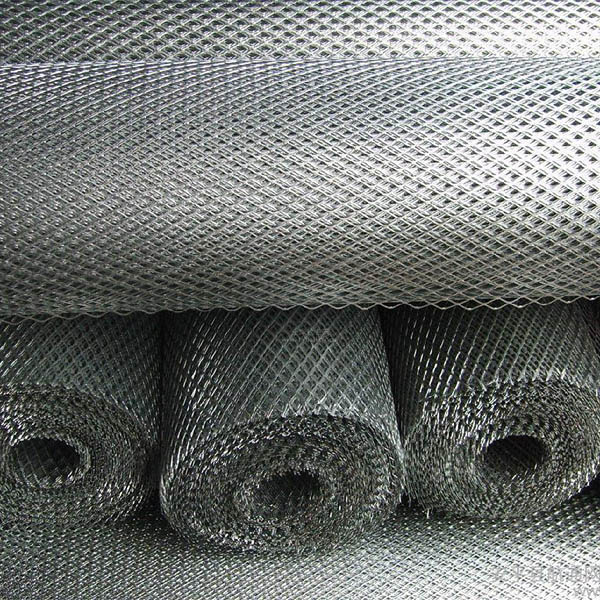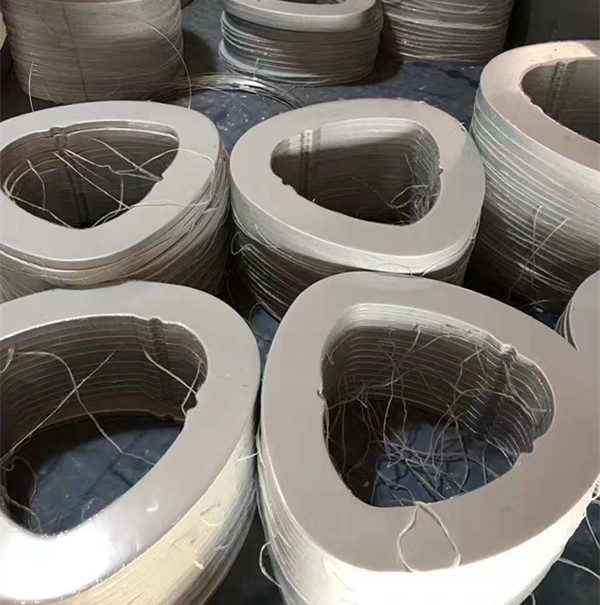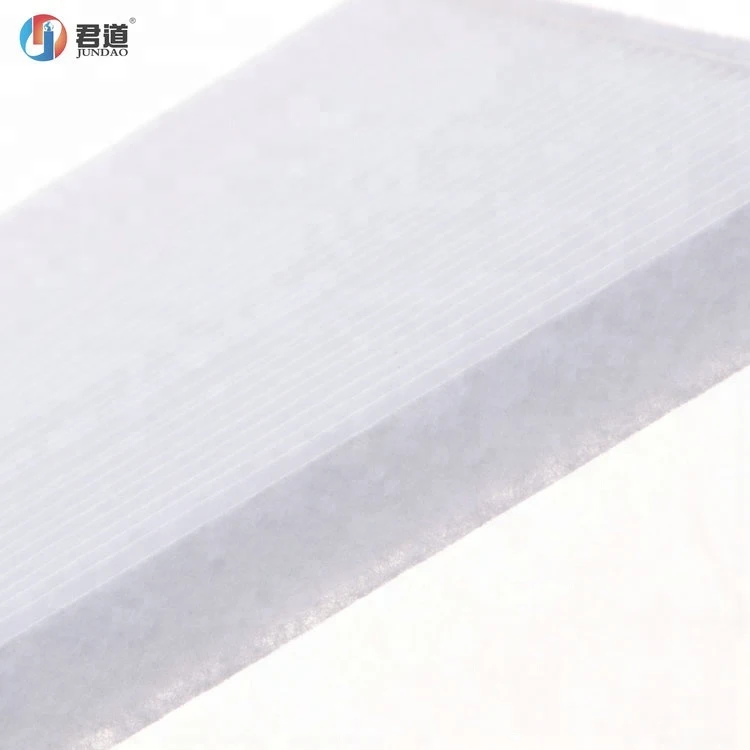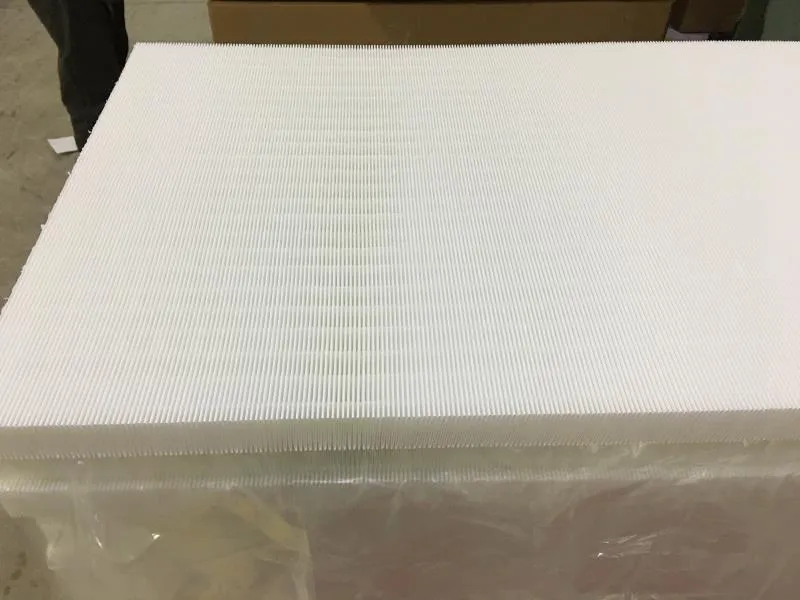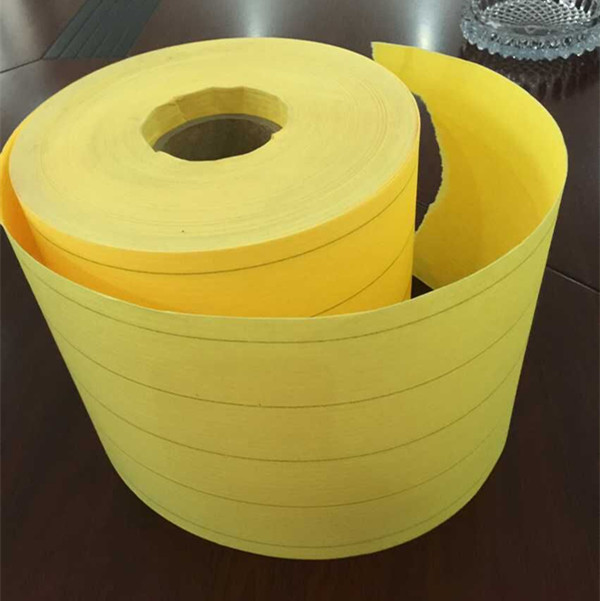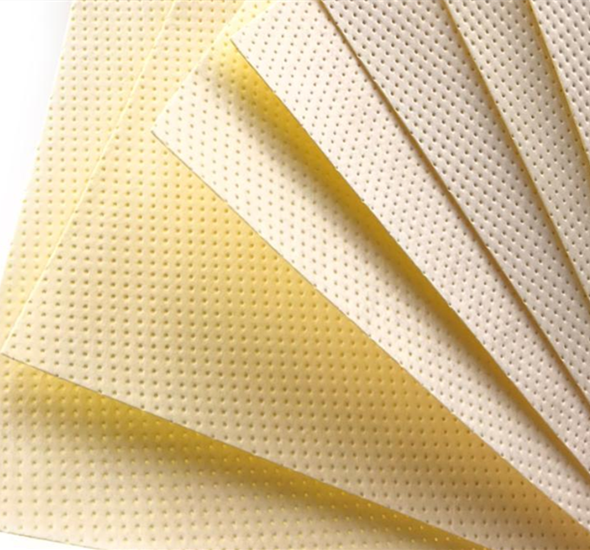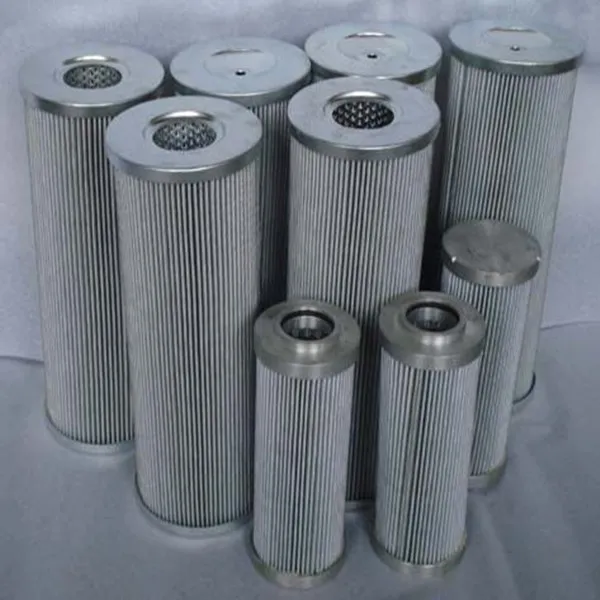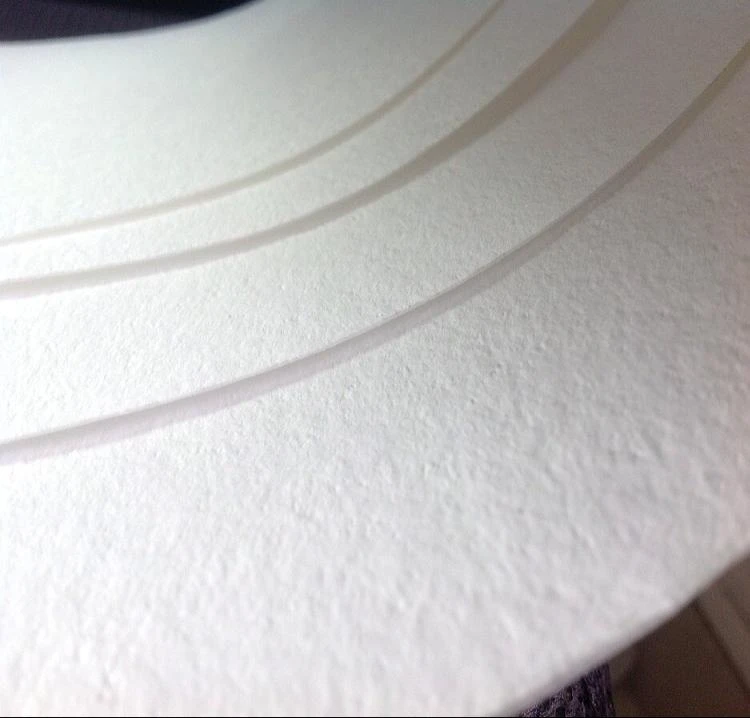Јавни превоз је постао ново скривено место опасности за нову инфекцију круне пнеумоније, а ризик од преношења је висок. Било је много случајева преноса и болести узрокованих аутобуским, таксијем и подземним превозом. Током периода превенције и контроле епидемије, поред јачања управљања превенцијом епидемије и контроле у области транспорта (као што су размак седишта, смањење продаје карата, итд.), и смањење ризика од преношења вируса у јавном превозу, вожња је постала најбезбеднији начин путовања.
Али да ли је заиста сигурно путовати аутомобилом?
У ствари, иако вожња приватног аутомобила може ефикасно да смањи вероватноћу контакта са пацијентима са новом коронарном пнеумонијом у поређењу са подземном железницом и аутобусима, али пошто је сам аутомобил затворено окружење, када путник има заражену особу, можете бити заражени. Секс је такође значајно повећан. Стога, иако је вожња у одређеној мери најбезбеднији вид превоза, не смемо занемарити неопходне мере заштите приликом управљања возилом. Поред овде поменутих безбедносних мера, још увек морамо да смањимо блиски контакт и да наставимо да носимо маске. Како решити проблем повећања вероватноће ваздушног преноса вируса у затвореном аутомобилском окружењу од извора, вредније је истражити, јер то није само током епидемије. Морамо размотрити мере безбедности. Изван епидемије, квалитет ваздуха у затвореном простору такође је уско повезан са нашим здрављем и удобношћу.
How to improve the air quality in the car? In-car air quality has always been the focus of consumers’ attention. The new car quality research (IQS) report of the world’s authoritative research organization J.D. Power shows that car interior odor has become the first dissatisfaction in the Chinese market for many years. The main factors affecting air safety in the car are: 1. Air pollution outside the car. Car exhaust, PM2.5, pollen and other harmful suspended particles sneak into the car through the car window or air conditioning system. 2. Interior materials. There are a large number of non-metallic parts that are easy to volatilize in the car, such as plastic door panels, leather seats, and damping panels. There are 8 common volatile organic compounds in vehicles, and clear limits are given for these 8 substances in the national standard GB/T 27630-2011 “Guidelines for Air Quality Evaluation of Passenger Cars”. Serial number project Restriction requirements (mg/m³)
1 benzene ≤0.11
2 Toluene ≤1.10
3 Xylene ≤1.50
4 Ethylbenzene ≤1.50
5 Styrene ≤0.26
6 formaldehyde ≤0.10
7 Acetaldehyde ≤0.05
8 Acrolein ≤0.05
In order to solve the peculiar smell in the car and improve the air safety in the car, it is necessary to increase the cycle purification link in the closed car environment, and there is no doubt that the car air conditioning filter has become an important responsibility. The car air conditioner provides the original power for the exchange of indoor and outdoor air, but in order to satisfy the purification of the indoor circulating air, the outdoor air enters the car after being filtered. The filter becomes an essential artifact for the car owner! The small body shows great power, creating a safe and reliable space in the car, allowing car owners to enjoy healthy breathing at all times. Editor’s reminder: In order to avoid secondary pollution of the car air conditioner filter, generally speaking, it should be replaced after two to three months of use (the specific replacement frequency can be considered according to the actual frequency of use)


